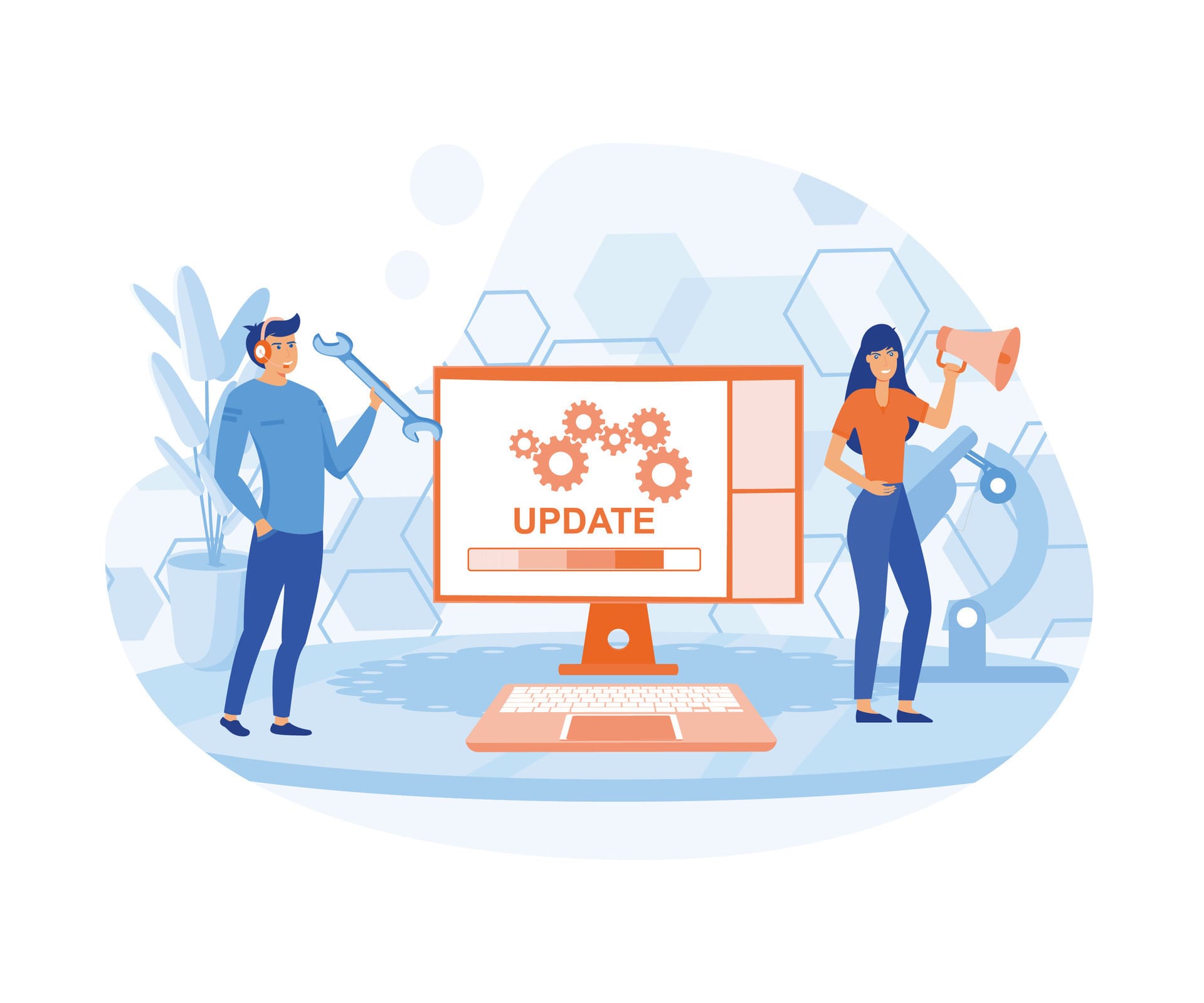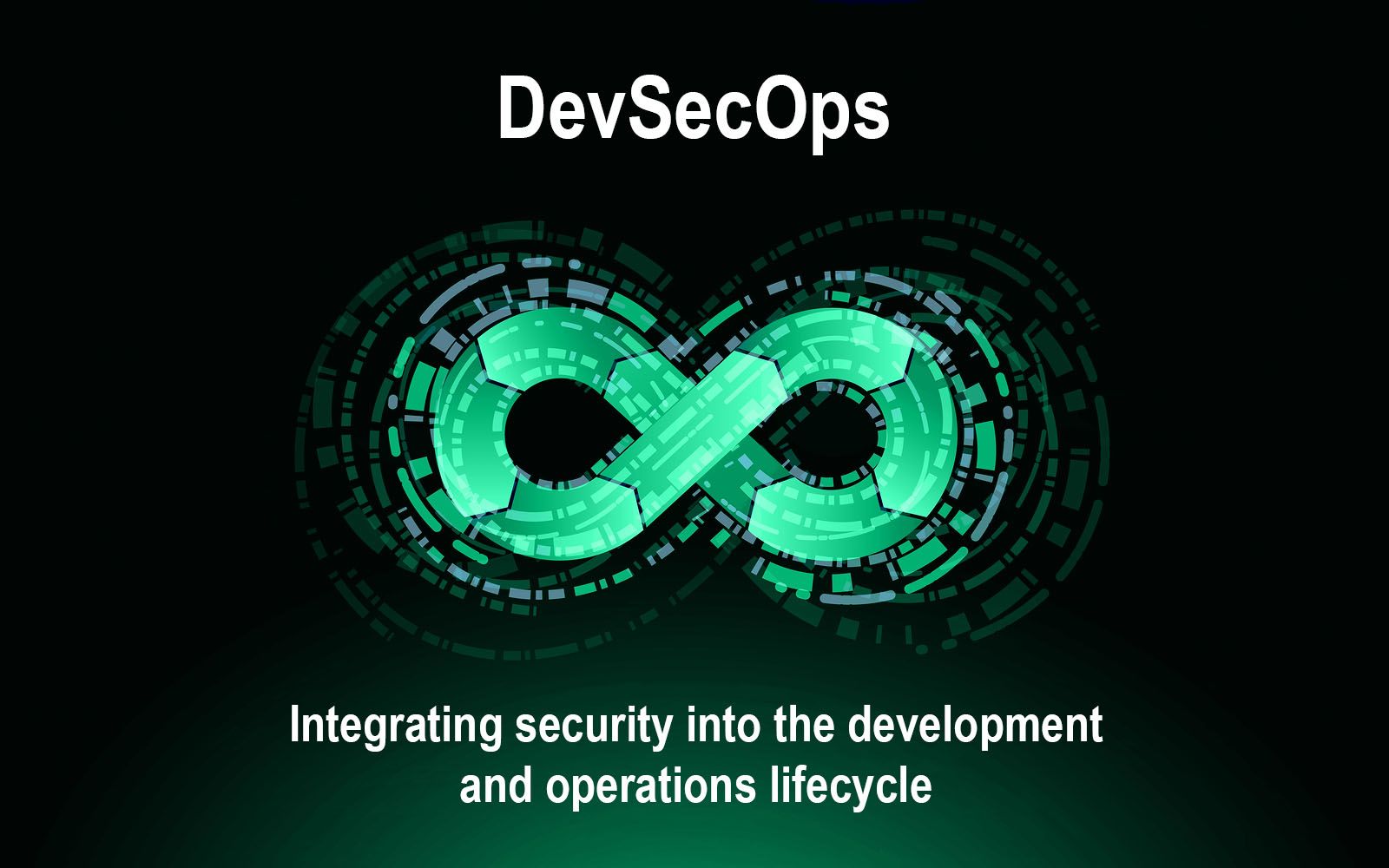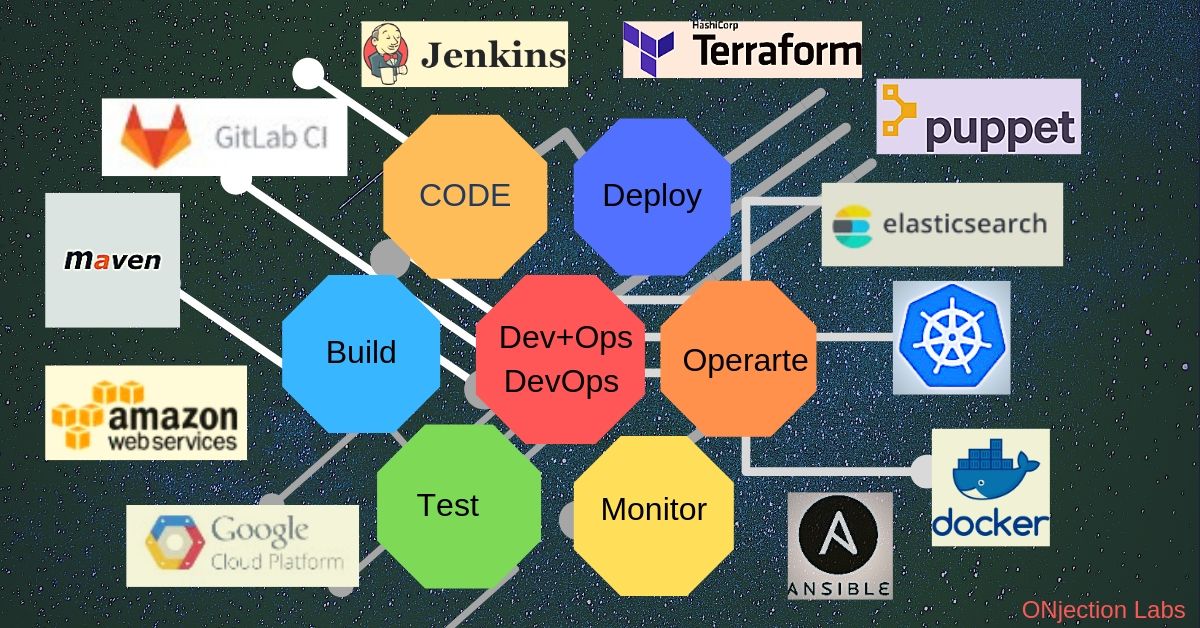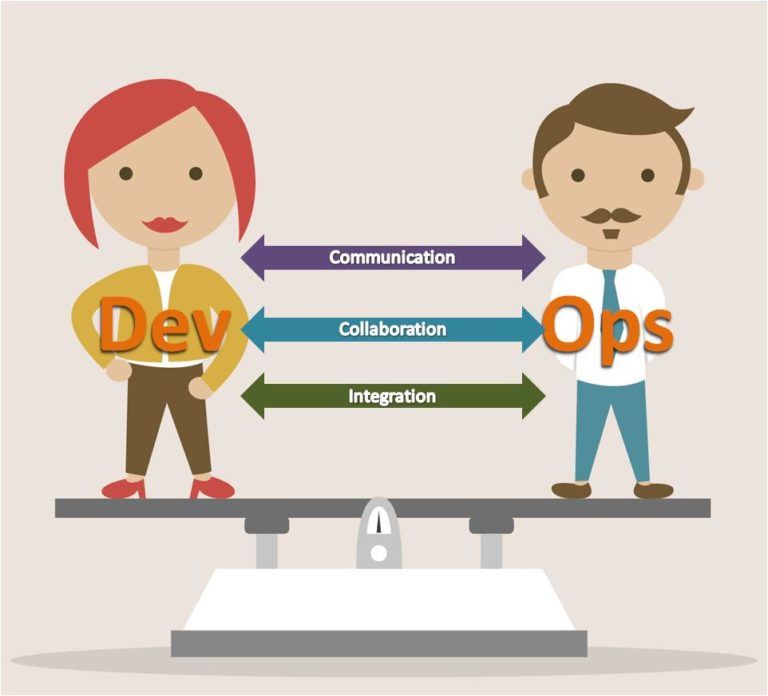
solving problems without the noise
To solve complex problems, start with the basics. First principles thinking is a framework for thinking with clarity.

To solve complex problems, start with the basics. First principles thinking is a framework for thinking with clarity.

AI is making big waves, but is it here to replace us or to lend a hand? I dig into how companies like Klarna and Duolingo are navigating the AI boom, showing there's a real art to balancing tech power with the human touch.

Growth isn’t just about titles or promotions. It’s about being at your best, expanding your influence and creating meaningful outcomes.

Google is stepping into the AI coding assistant arena with Jules - it handles batches of simple tasks very well, but I hit a few snags when things got more complex.

Sure we can do it - but sometimes AI can do it quicker and better.

AI systems now work as independent partners in coding, debugging, and even designing software - the world of software engineering now looks quite different.

It’s the tool that builds resilient teams and drives results, no matter the outcome - trust isn’t just a nice-to-have in your teams.

Good engineering is as much about trust, collaboration, and continuous improvement as much as good code and clever tooling.

Scalability is a must-have for modern systems, but chasing bigger solutions early can create more problems than it solves..

Complexity is a silent killer in software - over time, it snowballs. Simplifying systems isn’t about stripping away functionality or dumbing things down. Create clarity and reduce friction, ensuring your software remains sustainable as it scales.

Traditional software architecture has long been seen as a front-loaded process where systems are laid out once and meant to endure over time. Today’s this approach often becomes a bottleneck. Agile architecture flips the script - thriving in the face of constant change.

High-performing teams aren’t born, they evolve. Behind every successful software engineering team is a commitment to improving their processes, tools, and outcomes. It's not just about fixing mistakes but about learning from experience, embracing feedback, and finding ways to do better every day.

Every year, the tech industry seems to redefine its own boundaries. How ready you are to leverage the future? Which of these might drive your next big opportunity?

Reinventing the wheel isn’t always a waste. It’s sometimes the only way to ensure ownership, build mastery, and drive progress.

As AI adoption scales, so do my concerns about quality and accountability - and what does AI generated code mean for the future of software engineering?

AI models are powerful, but they’re only as good as the prompts we feed them. Welcome to the age of prompt engineering.

Failures happen. Whether it’s a server crashing, a network outage, or a cascading failure, no system is immune.

Agile quickly becomes fragile for many teams - collapsing under the weight of their own processes. How can teams reclaim the original spirit of agile without sacrificing structure and accountability?

How does an architecture leader balance the technical and human aspects of their role? Architecture leadership goes beyond creating robust designs - inspiring teams, aligning technical decisions with business goals, and building an environment where innovation thrives.

But for many organizations, the shift to a DevOps culture can be daunting. That's where this ebook comes in. Getting Started with DevOps is the perfect guide for those looking to learn the basics of this powerful approach to software development...

Forget for a moment test cases, code coverage, functional specs ... if someone asked you to describe the behaviour of your system (or a part of the system), could you describe it in a few minutes?
Scaling DevOps teams successfully can be a daunting task. It requires a significant shift in mindset, processes, and culture. So how do you overcoming the challenges of scaling DevOps in large enterprises?

Scaling isn’t just a technical challenge ; it’s an organisational one. With intentional planning and strong architectural leadership, you can scale sustainably while keeping your teams productive and your systems reliable.

A brilliantly designed component is only valuable if it works seamlessly with the rest of the system. As an architecture leader, addressing the integration gap isn’t just about resolving technical issues; it’s about creating alignment, empowering teams, and ensuring the system evolves cohesively.

There’s a moment most architect’s career when the question arises: should I still be hands on? For some, it’s a nagging doubt; am I keeping up with the latest tools and trends? For others, it’s a pragmatic challenge; how do I balance the demands of design, leadership, and delivery?

Designing systems that deliver value without compromising the environment help us drive sustainability - and you can embed that thinking without sacrificing flexibility, functionality or innovation.

Lean too far into innovation, and you risk introducing unnecessary complexity. Prioritize stability too heavily, and your team may stagnate, missing opportunities to evolve. Successful leaders understand that balance isn’t about compromise; it’s about alignment.

The best architectures don’t dictate every detail. Instead, they create a framework where teams can work autonomously while staying aligned with broader goals. These frameworks, often referred to as architectural guardrails, strike a critical balance between flexibility and consistency.

The key to impactful architecture is alignment - ensuring that technical decisions consistently support business priorities and deliver measurable outcomes. A system that runs flawlessly but doesn’t address the organisation’s goals is a missed opportunity.

It’s easy to get caught up in the details. Perfecting and optimizing often feels like progress - but great engineering isn’t just about building; it’s about building what matters. Entrepreneurial engineering is about adopting a mindset that prioritizes outcomes over output.

Effective communication transforms teams from functional to phenomenal. Learn how to amplify collaboration across your DevOps teams

New business requirements, scaling demands, or technological advances often force systems to adapt but this isn’t just about technical resilience; architecting for change is as much about empowering people as it is about designing flexible systems.

As consumers, we are guardians (or not) of our own data - so why as engineers and designers, can we be so negligent in the safeguarding of others. What if you could mitigate the potential threats to a system and unnecessary or unauthorized exposure of data before even knowing what they are?

When it comes to DevOps, security can't be an afterthought. Ensure that your systems and data are protected, and your organization can continue to innovate and thrive by integrating this thinking into the process from the very beginning.

The following article is an except from my free ebook: Getting Started with DevOps. DevOps and CI/CD (Continuous Integration/Continuous Deployment) are closely intertwined and can help enterprises...

DevOps is a software development methodology that emphasizes collaboration and communication between development and operations teams. One of the key aspects of DevOps is the use of tooling to automate and streamline various processes, such as build, test...

Squad health should be looked at as just as important as the health of your code or pipelines and the Garage Method provides a framework for helping to measure and track the health of your squads. Healthy squads are typically far more engaged, collaborative, innovative and productive.

DevOps is a culture and set of practices that aims to accelerate software development and delivery by breaking down silos between development and operations teams. It emphasizes collaboration...

DevOps has come a long way since its inception, and it continues to evolve and shape the way organizations build, test, and deploy software. As we look ahead to 2023, there are several trends...

Effective communication is a critical component of successful DevOps teams. DevOps is a culture and set of practices that aims to accelerate software development and delivery by breaking down silos...

DevOps is a term that has been gaining a lot of popularity in recent years. But what exactly is DevOps? In its simplest form, DevOps is a set of practices and tools that help organizations...

There is a huge overlap between good software design and secure systems, you can enable both by thinking about threats early and including threat modelling as part of your design process.

A developer creating code and throwing it over the wall. Satisfied his code is great, the developer moves onto another story card, task or project, that developer has put this code far out of their mind - it's someone else's problem now.

So what exactly is a champion? I won't bore you with a dictionary definition, instead I will give you my interpretation of a champion...